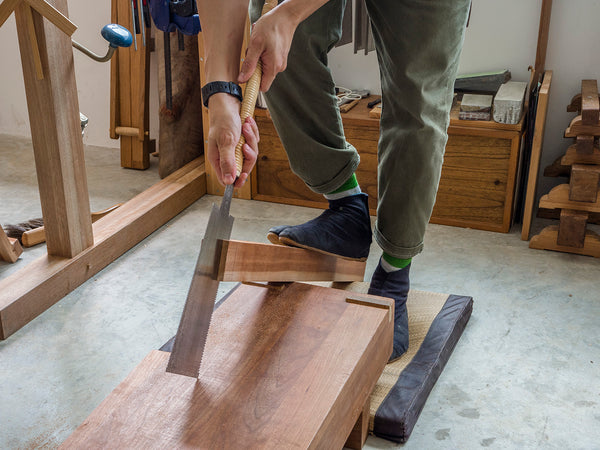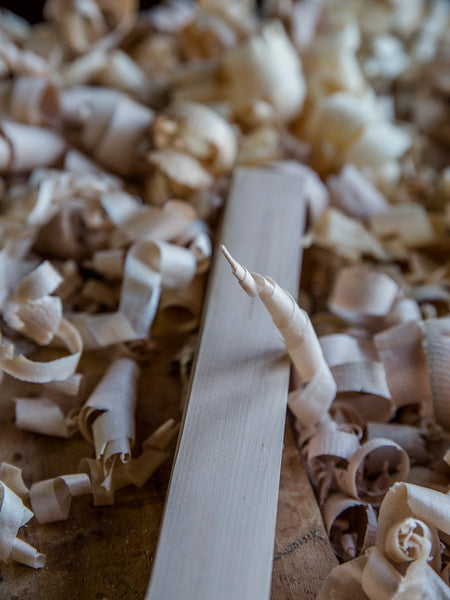Blog RSS
Many Traditions and Cultures to Learn From
Many aspects of Japanese tools have remained unchanged for centuries, because there has been no need to improve upon their design. Saws, for example, still retain the long wooden handle wrapped with rattan, not because better handles are hard to make but because the philosophy of simple, minimalist design has become part of what the tool is all about. Gripping a Japanese saw comes naturally, and it is hard to find fault with the design. The long handle instinctively tells us that there’s room for both hands, which is useful for long rips. My minimalist workbench has seen me through most of my work and will continue to do so. I no longer yearn for that mighty Roubo workbench because...
Podcast 66 – Road Trip for Lumber
This episode was recorded on the road back in September, and in it Joshua, Mike, and Eden explain the various ways they’ve sourced lumber in rural Maine. As a from-the-hip recording, this conversation traverses quite a varied terrain – from the house project status to purchasing lumber in unconventional ways to the damage solar farms have done to the state of Maine. Buckle up – this one’s taking you places you never thought you’d go.
SHOW NOTES:
The M&T Daily Dispatch
Beauty & the Handmade Aesthetic
As a theoretical exercise, imagine a machine that processes furniture parts to that hundredth-of-an-inch level of precision. What would happen if we dial that machine back to wider tolerances? It would begin to spit out parts with greater variability across the board, maybe mill out dovetails with slightly uneven angles or generate chair-leg turnings that weren’t exactly identical. Let’s say that we can even program the machine to produce the parts with even more extreme local variations, perhaps leaving coarse milling marks on the underside of a tabletop or generating a drawer on which the sides are of differing thicknesses. These parts might be assembled with some difficulty, forming a piece of furniture that, on paper, matches the typical variations...











